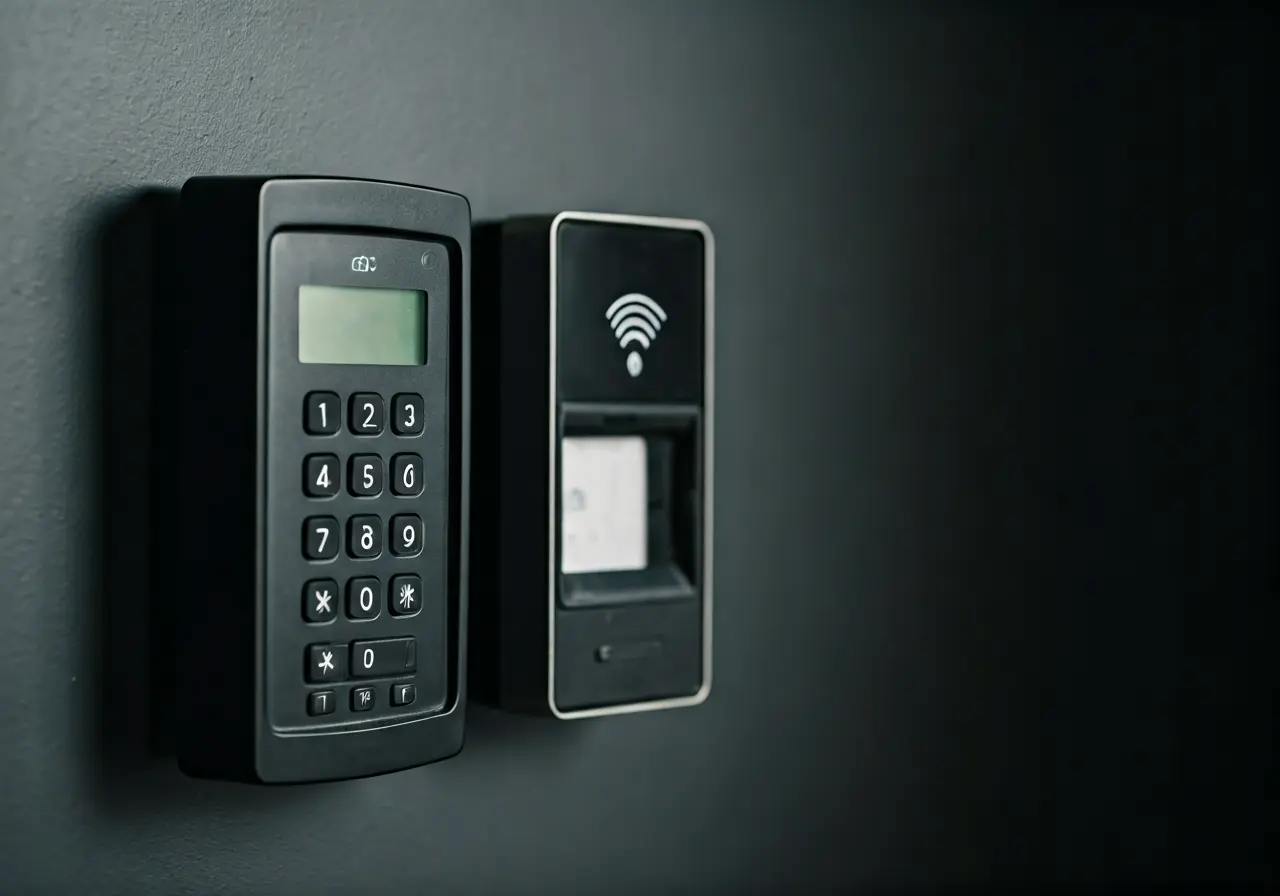Access control systems are a fundamental part of modern security infrastructure, providing the means to manage and regulate entry to sensitive areas or information. Whether it’s a large corporation or a small business, having a reliable access control system in place is crucial. This blog will explore the essential components and functionalities of access control systems, highlighting their importance and how they can be effectively implemented.
What Are Access Control Systems?
Access control systems are designed to regulate who can enter or exit certain locations or access specific resources within a space or network. They are essential in protecting areas against unauthorized entry, ensuring that only approved individuals can gain access to sensitive information or areas.
Throughout history, the need to secure important places and information has been paramount. In the past, locks and keys served as the primary method of controlling access. However, as technology advanced, so did the need for more sophisticated systems. Today’s access control systems utilize electronic methods such as keycards, biometrics, and mobile apps to streamline and enhance security measures. These advancements not only improve security but also integrate seamlessly with modern digital systems.
Core Components of Access Control Systems
At the heart of any access control system are several key components: identification credentials, authentication devices, and control panels. Identification credentials can include anything from keycards and fobs to biometric scans. Authentication devices verify these credentials, while control panels manage the system’s data and enforce access rules.
Identification credentials are the first line of defense in any access control system. They serve as a unique identifier for users, whether through physical keycards or sophisticated biometric data. Authentication devices, like scanners and readers, ensure that only valid credentials are accepted. The control panels, often integrated with security software, provide a centralized platform to monitor and manage all access points, enhancing real-time security oversight.
Types of Access Control Systems
Access control systems can be broadly categorized into three types: discretionary access control (DAC), mandatory access control (MAC), and role-based access control (RBAC). Each type offers a different approach to handling permissions and control, making it important to choose the right type based on specific security needs.
Discretionary access control (DAC) allows owners of the information to decide who can access it, offering flexibility but requiring diligent oversight. On the other hand, Mandatory Access Control (MAC) adopts a more rigid approach, where policies are pre-defined by a central authority, and users have little to no control over permissions. Role-Based Access Control (RBAC) is one of the most popular methods today, as it assigns access permissions based on user roles within the organization, simplifying management and increasing security efficiency.
When choosing an access control system, understanding these types is crucial. For instance, DAC may suit environments where users need a high level of control, whereas MAC is suitable for highly secure environments like government institutions. RBAC offers a balanced approach suitable for most businesses, where roles align with specific access needs, reducing the risk of unauthorized entry.
Benefits of Electronic Access Control Systems
Electronic access control systems provide enhanced security through automation and digital monitoring. They allow for swift credential management, detailed audit trails, and real-time updates, all contributing to a more secure and efficient security operation.
The integration of automation in electronic access control systems facilitates seamless scalability and adaptability. With these systems, organizations can quickly adjust access levels as needed without the labor-intensive task of reissuing physical keys. Advanced systems offer integration capabilities with other security measures like surveillance systems, creating cohesive security environments that adapt to new threats or organizational changes.
Challenges in Implementing Access Control Systems
While access control systems offer numerous benefits, implementation can present challenges such as integration with existing infrastructure, cost considerations, and the need for ongoing maintenance. Understanding these challenges can aid in better planning and execution of security measures.
A major hurdle in implementing access control systems is the integration with legacy systems. Many organizations face compatibility issues when trying to mesh new access control measures with older technology. This is often compounded by budget constraints, as initial costs for advanced access control solutions can be high. Additionally, the need for continuous maintenance and updates to the system can be a daunting ongoing commitment.
However, these challenges can be mitigated with proper planning and by choosing the right provider. Ensuring a clear implementation strategy can streamline integration processes and optimize the allocation of resources, ultimately ensuring a more secure and cost-effective solution. By addressing potential hurdles at the planning stage, an organization can build a resilient access control framework that accommodates future growth and technological advancements.
Securing Tomorrow with Today’s Access Control Systems
Incorporating a well-designed access control system is key to maintaining the security of both physical spaces and digital information. As technology advances, these systems continue to evolve, offering even more sophisticated means of safeguarding assets. Whether opting for basic solutions or more advanced, technology-driven systems, understanding the core principles of access control can help ensure a safer environment.


